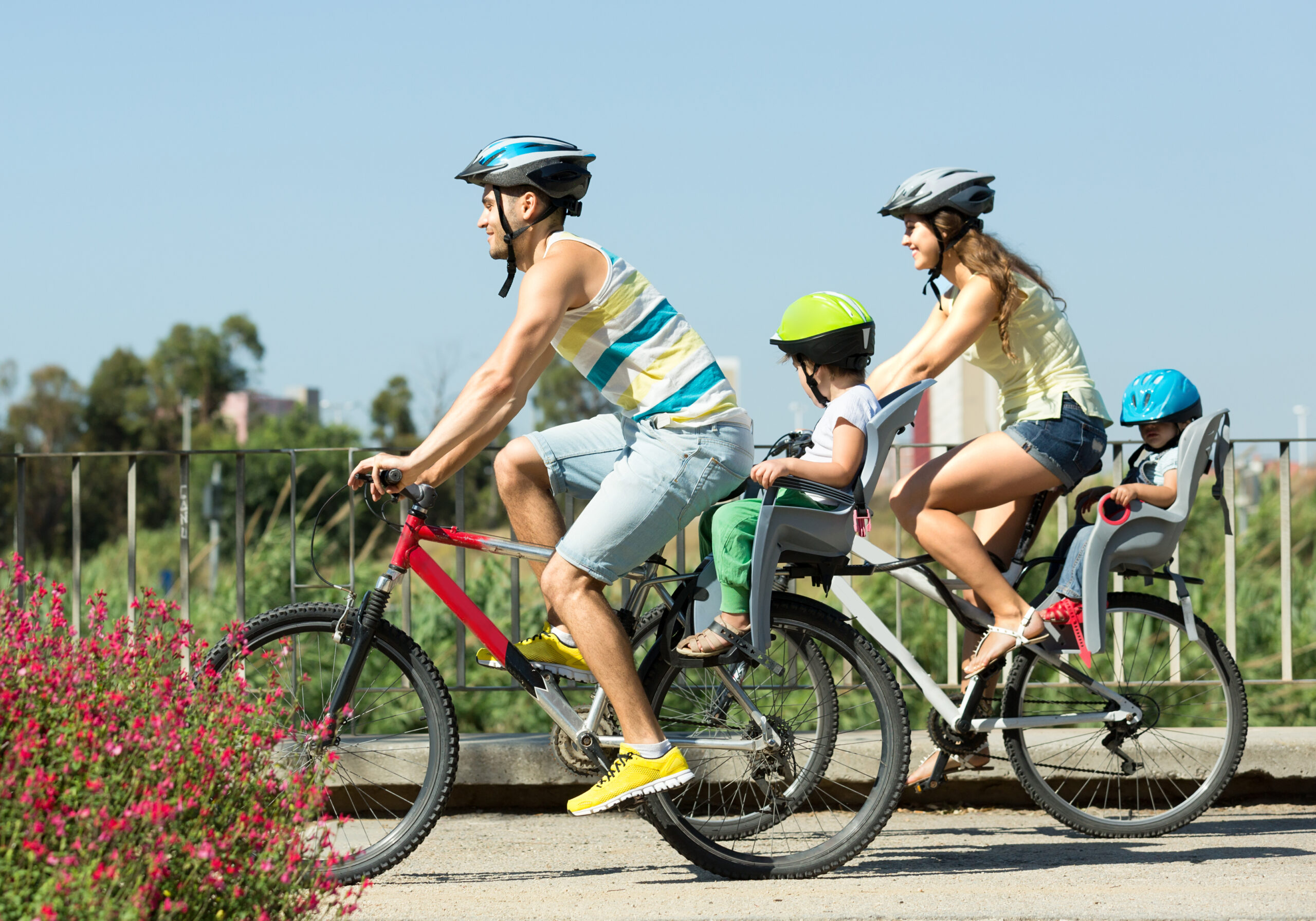Malta’s compact geography and growing urban challenges make mobility a pressing issue. Traffic congestion, limited parking, and seasonal tourism peaks all demand smarter, faster, and more flexible transport solutions. Two key players—motorbikes and taxis—have long been part of Malta’s mobility mix. But what if they were integrated into a seamless urban mobility ecosystem? At WFDM, we see this integration as an opportunity to not only improve transportation but also to enhance workforce participation, sustainability, and efficiency.
1. The Role of Motorbikes in Urban Transport
- Agility in traffic: Motorbikes can bypass congestion and reduce commute times.
- Lower parking needs: Ideal for Malta’s narrow streets and limited parking spaces.
- Cost efficiency: Affordable alternative for residents and delivery riders.
- Eco-shift: Growing adoption of electric motorbikes contributes to sustainability goals.
2. The Role of Taxis in Urban Transport
- Accessibility: Taxis remain the most reliable option for tourists and locals without private vehicles.
- Safety & regulation: Licensed taxis ensure accountability, structured fares, and service reliability.
- Technology-driven upgrades: Ride-hailing platforms have modernised taxi services with app-based bookings, cashless payments, and real-time tracking.
3. Current Challenges in Malta’s Transport Mix
- Fragmentation: Motorbike users and taxi operators work in silos rather than in sync.
- Seasonal stress: Tourism peaks strain both systems, leading to longer wait times and increased fares.
- Environmental concerns: Heavy reliance on fuel-based vehicles contributes to urban pollution.
- Workforce balance: Taxi drivers and motorbike riders often face inconsistent demand and income fluctuations.
4. Benefits of Integration
A unified system could revolutionise urban mobility:
- Seamless multimodality: Users could book a taxi for longer rides and a motorbike for short hops via a single app.
- Shared infrastructure: Coordinated parking hubs and charging stations for taxis and motorbikes.
- Dynamic demand management: Better allocation of drivers and riders during peak demand.
- Workforce empowerment: Expanded opportunities for gig workers across both transport modes.
- Environmental gains: Incentives for electric motorbike taxis, reducing emissions and congestion.
5. Europe’s Lessons for Malta
- Spain & Italy: Integrated scooter-taxi platforms allow users to switch seamlessly between ride-hailing cars and two-wheeler.
- France: Paris has piloted electric scooter-sharing within ride-hailing apps.
- Germany: Mobility-as-a-Service (MaaS) platforms integrate bikes, taxis, and public transport under one digital ecosystem.
Malta can adapt these European best practices while tailoring them to its unique scale and tourism-heavy demand.
6. Workforce-Centered Mobility
At WFDM, we focus on how this integration affects workers as much as passengers:
- Upskilling drivers and riders: Training workers to operate across multiple mobility services.
- Income stability: Allowing drivers to switch between motorbike deliveries and taxi rides ensures steady earnings.
- Safety standards: Establishing unified regulations for road safety, vehicle maintenance, and rider protection.
- Sustainability training: Encouraging workers to adopt electric vehicles through incentives and education.
7. The Road Ahead for Malta
- Unified mobility apps: One platform for taxis, motorbikes, buses, and even ferries.
- Electric-first policies: Subsidies for e-bikes and electric taxis to cut down urban emissions.
- Tourism-focused solutions: Flexible packages for tourists, offering a mix of taxis and bikes for city exploration.
- Workforce sustainability: Policies ensuring fair pay, insurance, and long-term career pathways for gig-economy drivers.
Conclusion
Malta stands at a unique crossroads. By integrating motorbikes and taxis into a seamless urban mobility system, the island can reduce congestion, improve sustainability, and create more resilient workforce opportunities. At WFDM, we believe mobility innovation isn’t just about getting people from point A to point B—it’s about building inclusive, efficient, and sustainable cities where both workers and commuters thrive.


